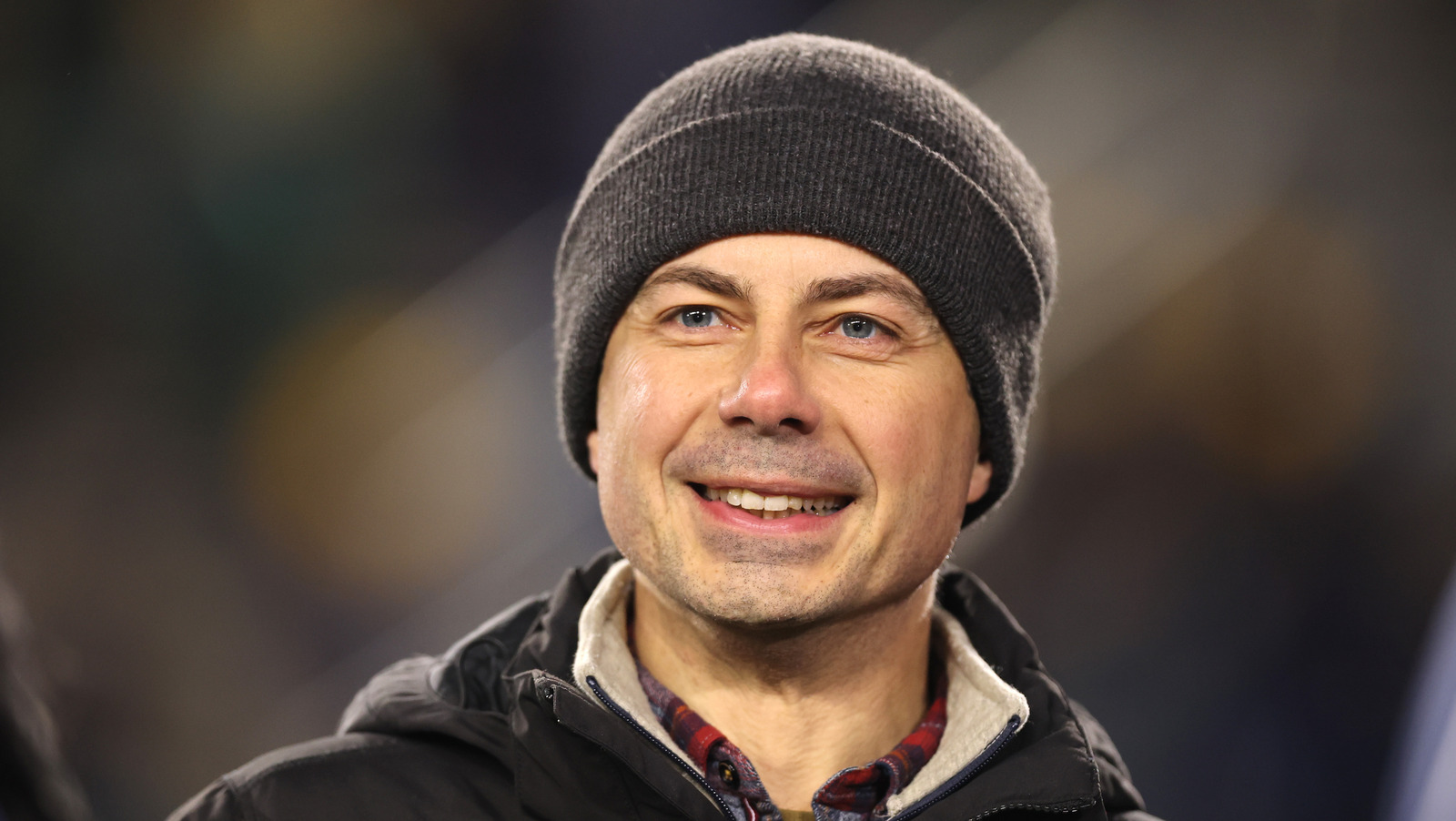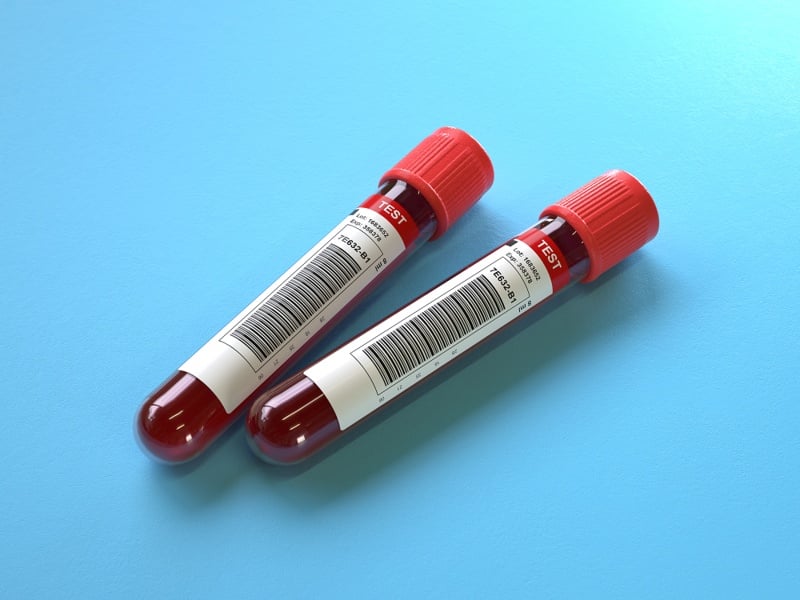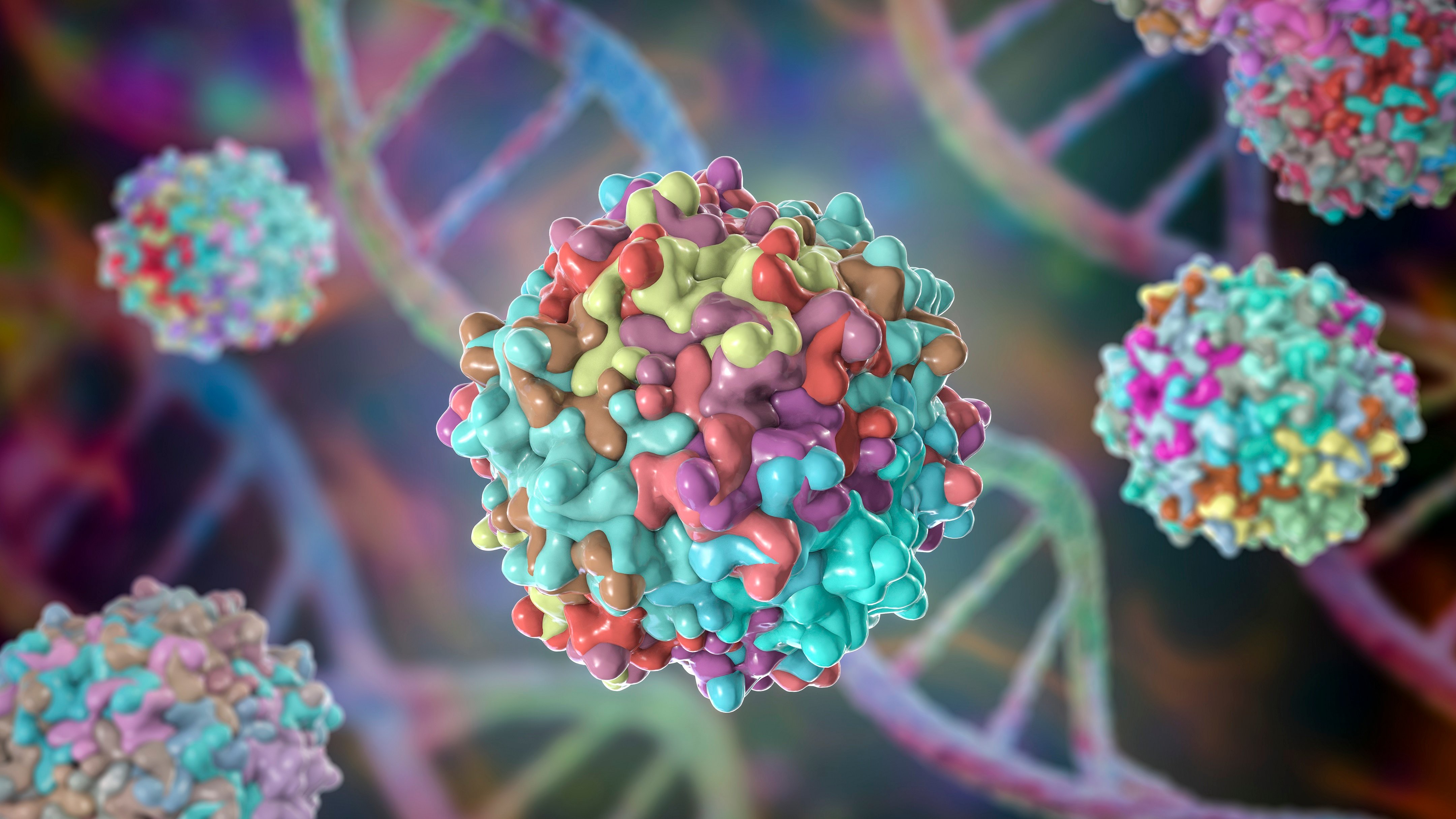Analysis of gene expression within individual cells reveals spatiotemporal patterns underlying <i>Vibrio cholerae</i> biofilm development
by Grace E. Johnson, Chenyi Fei, Ned S. Wingreen, Bonnie L. Bassler Bacteria commonly exist in multicellular, surface-attached communities called biofilms. Biofilms are central to ecology, medicine, and industry. The Vibrio cholerae pathogen forms biofilms from single founder cells that, via cell division, mature into three-dimensional structures with distinct, yet reproducible, regional architectures. To define mechanisms underlying biofilm developmental transitions, we establish a single-molecule fluorescence in situ hybridization (smFISH) approach that enables accurate quantitation of spatiotemporal gene-expression patterns in biofilms at cell-scale resolution. smFISH analyses of V. cholerae biofilm regulatory and structural genes demonstrate that, as biofilms mature, overall matrix gene expression decreases, and simultaneously, a pattern emerges in which matrix gene expression becomes largely confined to peripheral biofilm cells. Both quorum sensing and c-di-GMP-signaling are required to generate the proper temporal pattern of matrix gene expression. Quorum sensing signaling is uniform across the biofilm, and thus, c-di-GMP-signaling alone sets the regional matrix gene expression pattern. The smFISH strategy provides insight into mechanisms conferring particular fates to individual biofilm cells.
by Grace E. Johnson, Chenyi Fei, Ned S. Wingreen, Bonnie L. Bassler Bacteria commonly exist in multicellular, surface-attached communities called biofilms. Biofilms are central to ecology, medicine, and industry. The Vibrio cholerae pathogen forms biofilms from single founder cells that, via cell division, mature into three-dimensional structures with distinct, yet reproducible, regional architectures. To define mechanisms underlying biofilm developmental transitions, we establish a single-molecule fluorescence in situ hybridization (smFISH) approach that enables accurate quantitation of spatiotemporal gene-expression patterns in biofilms at cell-scale resolution. smFISH analyses of V. cholerae biofilm regulatory and structural genes demonstrate that, as biofilms mature, overall matrix gene expression decreases, and simultaneously, a pattern emerges in which matrix gene expression becomes largely confined to peripheral biofilm cells. Both quorum sensing and c-di-GMP-signaling are required to generate the proper temporal pattern of matrix gene expression. Quorum sensing signaling is uniform across the biofilm, and thus, c-di-GMP-signaling alone sets the regional matrix gene expression pattern. The smFISH strategy provides insight into mechanisms conferring particular fates to individual biofilm cells.


















































































































































